In our rapidly evolving workplaces, fostering a culture of respect and inclusion is of paramount importance. A key element of this endeavor is preventing harassment, which requires the collective efforts of every employee. However, at the forefront of this mission stands Human Resources (HR), playing a pivotal role in creating safe and respectful work environments.
Understanding the HR Imperative
Harassment, whether based on gender, race, age, or any other factor, has no place in any workplace. HR professionals serve as the guardians of an organization’s culture, responsible for developing, implementing, and enforcing policies and practices that prevent harassment.
Here are some essential ways HR departments contribute to this crucial objective:
- Policy Development: HR teams are instrumental in crafting clear and comprehensive anti-harassment policies. These policies should outline what constitutes harassment, how to report incidents, and the consequences for perpetrators. Communicating these policies effectively to all employees is key.
- Training and Education: HR departments organize and facilitate anti-harassment training for all employees. These sessions help raise awareness about different forms of harassment, their impact, and the role each individual plays in creating a harassment-free environment.
- Investigation and Resolution: When harassment complaints arise, HR professionals are responsible for conducting impartial investigations. Their role is to ensure that complaints are thoroughly examined, and appropriate actions are taken to address the issue. This involves providing support to the victim and holding the harasser accountable.
- Promoting Reporting: HR encourages employees to report any incidents or concerns without fear of retaliation. An open and accessible reporting process is vital for addressing harassment promptly and effectively.
- Cultural Enforcers: HR plays a leading role in shaping the workplace culture. By promoting diversity, equity, and inclusion initiatives, HR departments can create environments where harassment is less likely to occur.
- Accountability and Compliance: HR ensures that the organization complies with anti-harassment laws and regulations. They keep policies up to date and track progress in addressing harassment issues.
Connecting HR’s Efforts to Kiin’s Mission
At Kiin, we understand that creating inclusive workplaces requires a multifaceted approach. That’s why we’ve pioneered immersive training for diversity, equality, inclusion, and soft skills development. Our groundbreaking experience, “DiVRse,” tackles discrimination based on race, gender, and sexual identity. Backed by extensive scientific research in virtual reality, bias, and neuroscience, our immersive training programs use cutting-edge technology to immerse users in the experiences of others.
By experiencing firsthand the impact of discrimination and bias through DiVRse, individuals develop genuine empathy and a deeper understanding of their interactions with others.
This powerful tool aligns with HR’s efforts to prevent harassment by fostering empathy and promoting a culture of respect and inclusion. Through more powerful and scalable DEI (Diversity, Equity, and Inclusion) training, we are creating diverse and inclusive cultures where teams perform better.
Together with HR’s critical role, we’re forging a future where workplaces are not only safe but thrive on diversity and equality.






